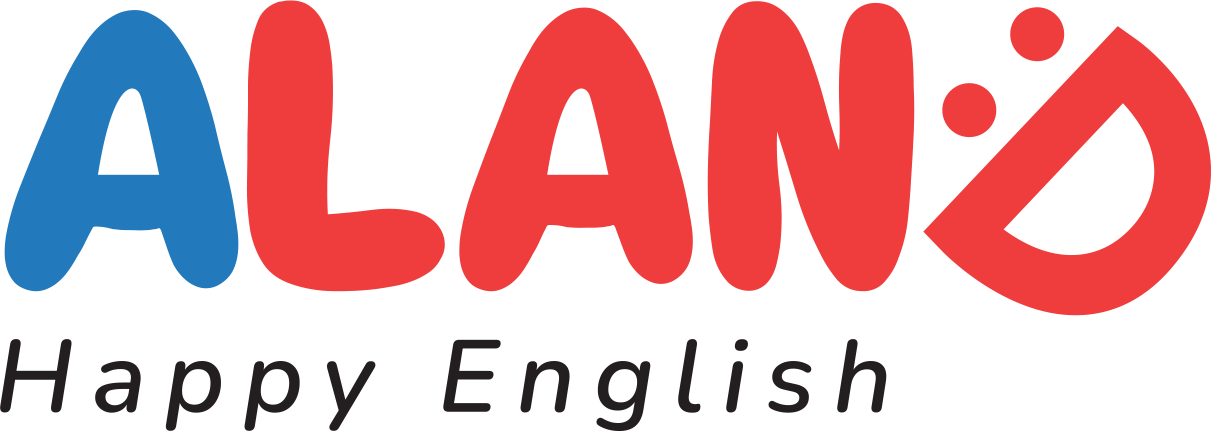

Hotline: 0906 201 222
Trong ngôn ngữ thường ngày, chúng ta thường có thói quen sử dụng thì chủ động. Tuy nhiên, trong tiếng Anh, đặc biệt là trong bài thi IELTS, chúng ta nên biết cách kết hợp với thì BỊ ĐỘNG để khiến cho phần thi của mình đa dạng về mặt ngữ pháp.
![]()
Câu bị động có thể được chuyển đổi từ câu chủ động có chứa ngoại động từ, tức là phải có một đối tượng bị chủ thể tác động lên. Khi đó, ta đổi vật thể bị tác động lên làm chủ ngữ, còn chủ thể thực hiện hành động có thể được nhắc đến hoặc không.
|
S + (aux) + be + V3 + (by + n) |
Câu bị động được dùng trong trường hợp người nói muốn nhấn mạnh vật thể bị tác động.
|
Thì |
Cấu trúc |
|
Present simple (Hiện tại đơn) |
S + am/is/are (not) + V3 e.g. : Active: The documentary doesn’t properly address global warming. Passive: Global warming isn’t properly addressed in the documentary. |
|
Present continuous (Hiện tại tiếp diễn) |
S + am/is/are (not) + being + V3 e.g. : Active: Paper bags are replacing plastic bags. Passive: Plastic bags are being replaced by paper bags. |
|
Present perfect (Hiện tại hoàn thành) |
S + has/have (not) + been + V3 e.g. : Active: Some countries have replaced teachers by robots in the classrooms Passive: Robots have been used in some countries to replace teachers in the classroom. |
|
Past simple (Quá khứ đơn) |
giống Present simple nhưng động từ to be chia quá khứ: was/were |
|
Past continuous (Quá khứ tiếp diễn) |
giống Present continuous nhưng động từ to be chia quá khứ: was/were |
|
Past perfect (Quá khứ hoàn thành) |
giống Present perfect nhưng trợ động từ have/has chia quá khứ: had |
|
Future simple (Tương lai đơn) |
S + will (not) be + V3 e.g. : Active: The Congress will review the new policy. Passive: The new policy will be reviewed by the Congress. |
|
“be going to” |
S + is/are (not) + going to be + V3 e.g. : Active: Santa Claus is going to give nice children Christmas presents tonight. Passive: Nice children are going to be given Christmas presents by Santa Claus tonight. |
|
Modal verbs (must, may, might, can, could, will, would, should, used to, have to, need to) |
S + modals + be + V3 e.g. : Active: The authority should practice the new law immediately. Passive: The new law should be practiced immediately. |
|
Reporting verbs (tường thuật) (agree, announce, argue, believe, claim, disclose, expect, hope, know, predict, report, say, suggest, think, understand) |
It is + V3 + that + clause e.g. : Active: Many people expect that Hillary will become the new president. Passive: It is expected that Hillary will become the new president. |
![]()
Đối với dạng bài quy trình trong IELTS Writing Task 1, câu bị động được sử dụng nhiều hơn câu chủ động.
e.g. :
After carrots are cut, they will be put in a pot to make a special kind of soup for this meal.
e.g. :
Solutions must be given by the local authorities to solve the problem of air pollution. (Writing task 2)
I think children should be taught about moral lessons so that they know how to behave well with other people. (Speaking part 3)
![]()
Exercise 1: Fill in the blanks with the correct verb tenses.
IELTS Writing Task 1 – Process:

Sample answer:
The diagram illustrates the procedure of how to recycle worn-out glass bottles.
Overall, it can (1) ……………… (observe) that there are three phases in recycling used glass bottles, beginning with the collection of wasted bottles and ending with the delivery of newly created bottles.
First, wasted glass bottles (2) ……………… (gather) and (3) ……………… (put) into a collection point and then these bottles will (4) ……………… (transfer) to a facility where they (5) ……………… (place) into high-pressure water tanks to wash out dirt and impurities. Next, the bottles will (6) ……………… (arrange) and (7) ……………… (categorize) into three colours (brown, green and clear).
In the subsequent stage, the bottles (8) ……………… (deliver) to a glass factory where they will (9) ……………… (smash) into small pieces. Then, the process (10) ……………… (continue) by putting them into a burning furnace with temperatures ranging from 6000C up to 8000C and then a liquid (11) ……………… (produce). Afterwards, the recycled liquid glass and new liquid glass will (12) ……………… (combine) and (13) ……………… (shape) in a glass mould. Finally, newly formed glasses (14) ……………… (fill) with products and (15) ……………… (deliver) to different supermarkets.
(171 words – Band score 8)
Exercise 2: Change these sentences from active voice to passive voice.
Example: Shakespeare wrote that play.
g That play was written by Shakespeare.
...............................................................................................................................................
...............................................................................................................................................
...............................................................................................................................................
...............................................................................................................................................
...............................................................................................................................................
...............................................................................................................................................
...............................................................................................................................................
...............................................................................................................................................
...............................................................................................................................................
...............................................................................................................................................
...............................................................................................................................................
...............................................................................................................................................
...............................................................................................................................................
...............................................................................................................................................
...............................................................................................................................................
...............................................................................................................................................
...............................................................................................................................................
...............................................................................................................................................
...............................................................................................................................................
![]()
Exercise 1:
|
|
Exercise 2: